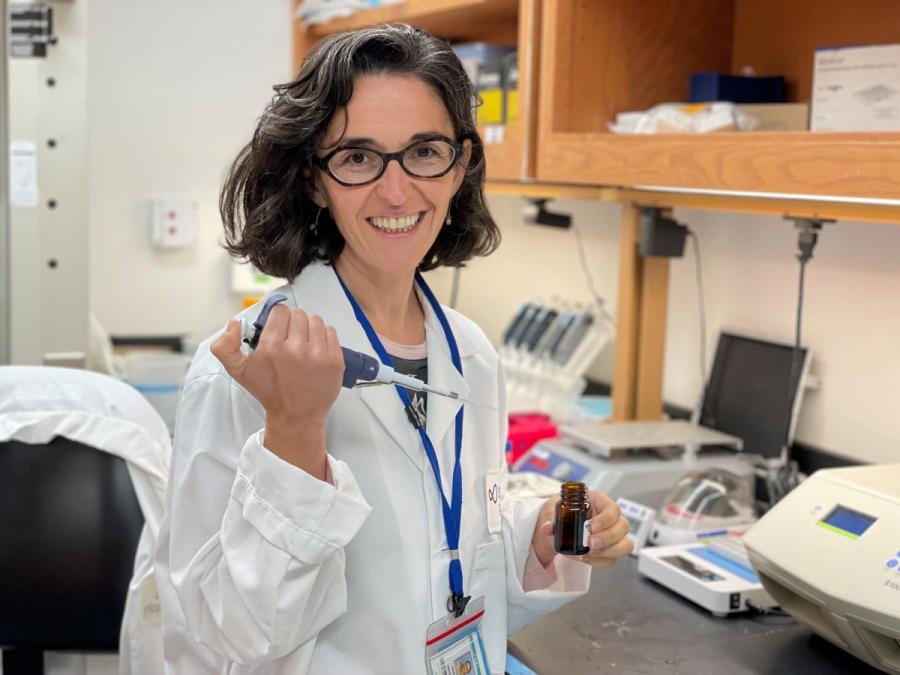
Hermina Nedelescu is our Woman of the Week, nominated because she is working to bring neuroscience into dialogue with theology. You see her here in her lab, along with an image of the brain neurons that she is looking at in that microscope. We asked her to tell you about herself:
“Today, I am a research scientist studying the neurobiological basis of brain functions and maladaptive behavior relevant to human psychopathology at the Scripps Research Institute. Below, I provide a brief description of the path I followed to get here. Later on, I describe a second parallel path that connects neuroscience with theology.
“Since I can remember, I have been interested in understanding the human mind, our purpose as people, and the reason for everything around us. With this irresistible curiosity, there was no alternative for me except to follow the path of the life sciences. A parallel factor contributing to my formation as a scientist is that my maternal grandfather was a nuclear chemist. And my mother was a clinical research oncologist with a focus on blood cancer disorders (e.g. leukemia) in the Oncology Department at Filantropia Hospital in Bucharest. When I was a kid, I did not like daycare nor kindergarten so I would jump the school fence and return home. I would wear my house key on a necklace around my neck. At that time, in Romania, children started first grade at age 7. My father was in America already, and when my mother noticed I was not keen on staying at daycare/kindergarten she started bringing me to her lab which was much more interesting for me. She would put me on a microscope near her to count the differently-stained blood cell types, but I would mainly browse the samples, mesmerized by their beauty under the microscope. I was about five or six years old when I first started using the microscope and began discovering the world at the micrometer level. I do not remember making a conscious decision to be a scientist. I just followed my curiosity and I was unwilling to do anything else unless my curiosity was fulfilled.
“As an undergraduate student of biological sciences at the University of California, Irvine, I become obsessively interested in the function of excitable cells (i.e., muscle cells and neurons which are cells in our brain). Both of these cell types have firing properties which support motor movement and influence our decision making process. As a graduate student, I further specialized in the neurobiological control of fear learning using a Pavlovian fear conditioning model. In this work, using an electron microscope, I demonstrated how fear learning is supported by the upregulation of special receptors that translocate from spine heads to the synapse – the junction where two neurons meet to communicate. For this published work, I was awarded a master’s degree in Biology from New York University in 2009. Driven by the curiosity to further understand additional neurobiological changes that support learned behavior, I was awarded a Marie Curie Pre-Doctoral Fellowship to study experience-dependent neuronal plasticity in the cerebellum – a brain region responsible not only for motor control but also higher cognitive processes that rely on habitual actions for speedily, almost automated, behavioral responses. As a Marie Curie Fellow, I was part of a consortium and collaborated with research laboratories at the University College London, the Hebrew University, University of Antwerp, New York University, and the newly founded Okinawa Institute of Technology located on the tropical island of Okinawa, Japan. This type of international collaboration was very special and conducive to a great deal of creativity. During this time, I showed profound structural differences in neuronal morphologies which were induced by environmental experiences. For example, in a paper relevant for anorexia nervosa and possibly other anxiety disorders, I showed structural changes in the noradrenergic cerebellar fiber network system to support enhanced release of the neurochemical norepinephrine. This work contributed to a deeper understanding of a new process that may protect individuals from life-threatening excessive exercise based anorexia via relays with higher-order cortical brain areas that mediate decision to suppress innate food restriction-evoked hyperactivity. For this and other published work, I defended my doctoral dissertation and was awarded a Ph.D. in Biomedical Sciences in 2014 from the University of Antwerp in Belgium.
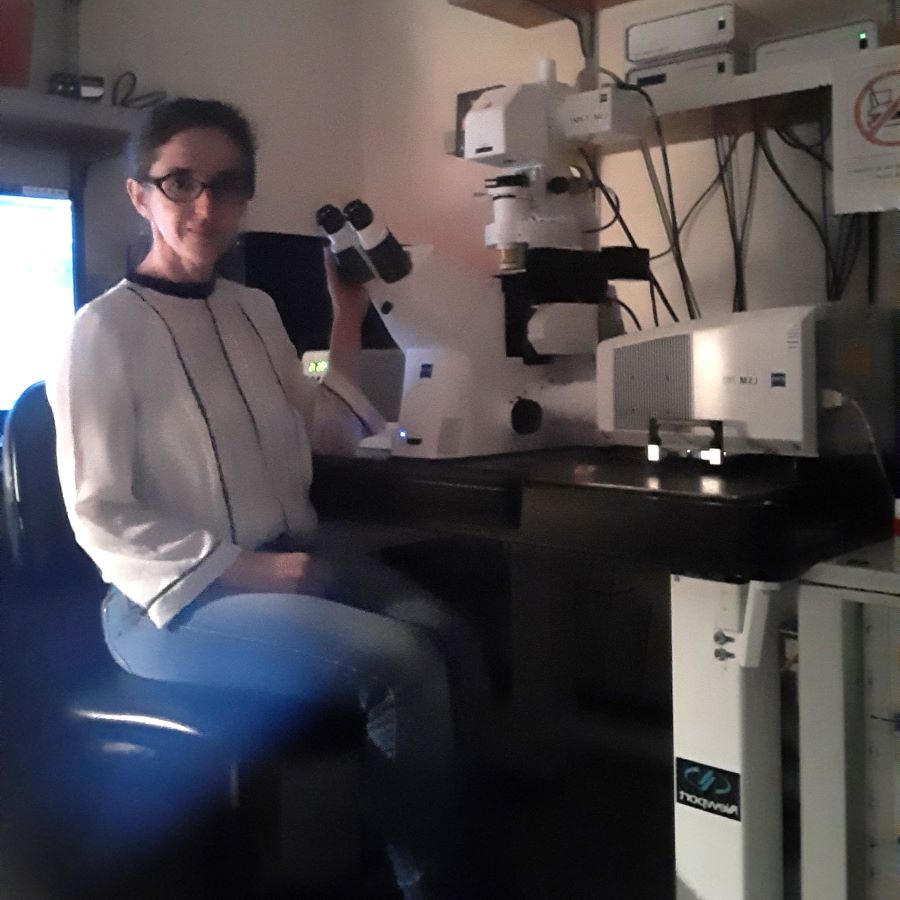
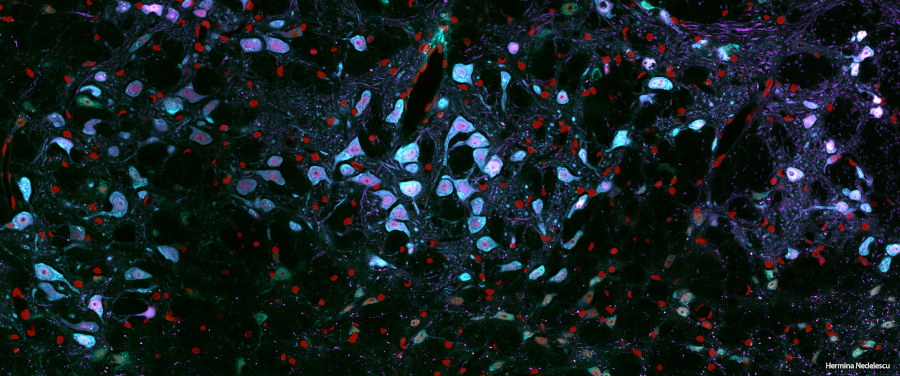
“I completed two postdoctoral fellowships. One in Tokyo where our son was born and another in sunny San Diego where I am now a staff scientist. In Tokyo, funded by the Ministry of Education, Culture, Sports, Science and Technology, I learned how to track single neurons with all their branching and arborization patterns in the intact brain. Combining this methodology with genetics and molecular biology, I am now well equipped to study the brain and behavior comprehensively at the neural circuit level. For example, I recently led work that demonstrated cannabidiol – the main nonpsychoactive and nonaddictive constitute of Cannabis sativa – suppresses cocaine drug seeking. Just last week, we demonstrated in a new publication that conditioning of environmental stimuli to the improvement of the withdrawal phase is a dominant factor driving intense and compulsive craving and seeking for alcohol. I am currently working on finishing another project that seeks to establish the control of opioid-motivated pleasurable and avoidance behavior by two distinct sets of neuronal groups residing in the brain’s emotional processing center known as the amygdala. Taking all my previous research work together, I am beginning to think of psychological addiction/dependence as a normal defense-like neural system comprised of a corrective mechanism to help the individual return or reach a new healthier hedonic equilibrium. The viewpoint of psychological dependence as a normally functioning defense system is not an entirely new idea but also not the typical way we, neuroscientists, usually think of addiction in general. Typically, we view psychological addiction, in particular substance use disorder, as an abnormal chronic relapsing brain disorder. The defense-like viewpoint for psychological dependence does not exclude the fact that one of the major factors contributing to the seeking/craving observed in addictive disorders is elicited by learned associations between environmental stimuli and the substance’s subjective effects. Instead, I propose it is an additional mechanism of the brain system to correct hedonic states that have departed from neural equilibrium. It is important to consider that this is also the case for non-drug/alcohol use disorders such as gambling, love, or an acquired taste for exposing oneself to extreme danger, for example.
“My scientific questions have, therefore, evolved over time into my current focus on the neurobiological control of behavior. While this work is directly relevant to human psychopathology, it also raises important ethical and theological questions, in particular for Orthodox Christians. It is my deep curiosity about nature that undoubtedly drove me along the path where I find myself now.”
Axia!
Our Woman of the Week is Hermina Nedelescu, a neuroscientist. We asked her to tell you why she believes it is important to bring her area of science into dialogue with theology.
“Taking the position that science is opposed to religion is a relatively recent phenomena. In fact, for around the first three centuries during the emergence of academic/scholarly study devoted to the natural sciences, most scientists were people of faith. The importance for a neuroscience-theology dialogue is multifold. Below I present just three reasons.
“Firstly, traditionally the science-theology dialogue has primarily focused on cosmology, nature including biology and evolution, but little focus has been on the neurobiological control of human behavior. The reason for this is because neuroscience is still relatively new and the brain presents a difficult organ to study with its 86 billion neurons and trillions of connections which change depending on our experiences with the environment and with each other. A neuroscience-theology dialogue would provide an intriguing discussion regarding the use of modern neuroscience technology to treat mental illnesses that may often cause spiritual illness as well.
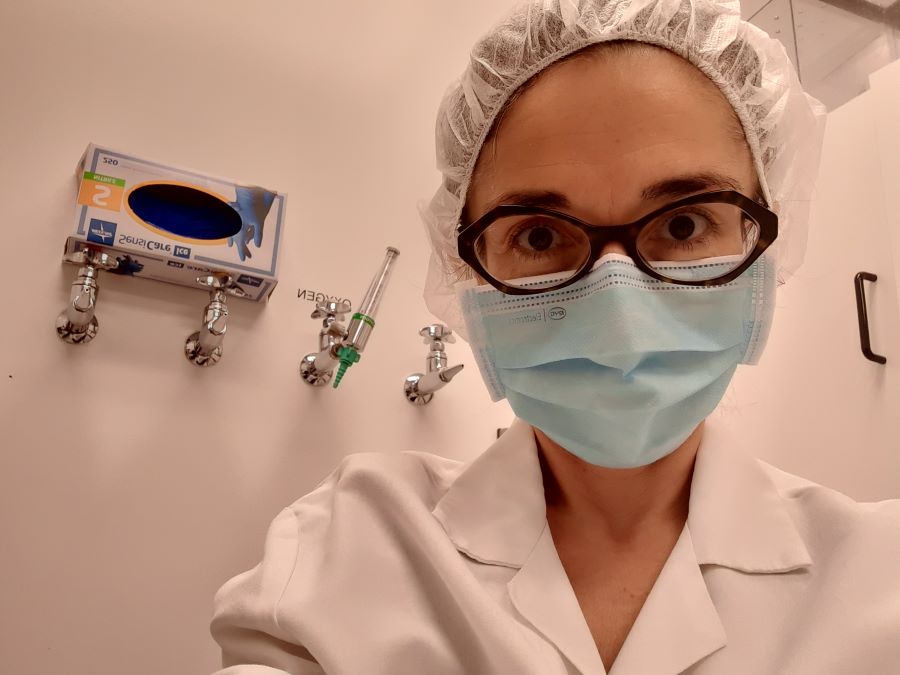
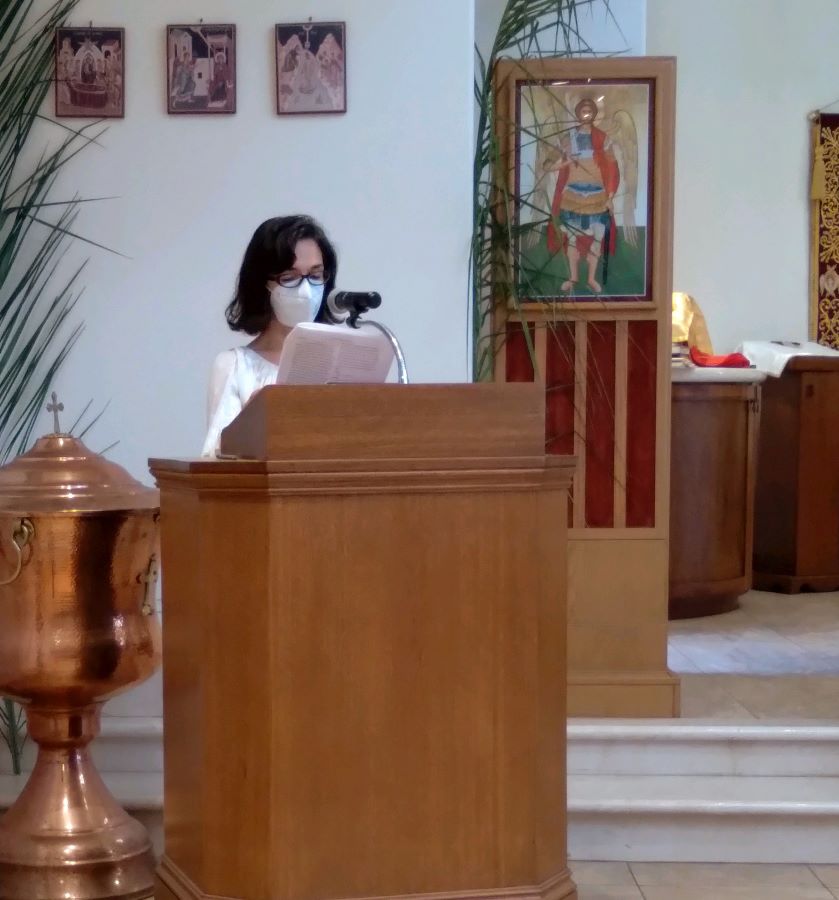
“Secondly, academically as scientists we will become impoverished even with the best possible scientific training if we continue to not have the privilege of studying the best writings in theology and the philosophy of science. Science has had a stunning success and this is often a trap for many individuals who claim that thoughts about the afterlife, no matter how convincing, are nothing but activity of neurobiological processes, and thus a fiction cultivated by our imagination and produced by neuronal activity. To claim that afterlife thoughts arise entirely because the human brain is hardwired to be unstable to think about death as final and total, inevitably, reduces human existence to the activity of neurons. I would like to follow a non-reductionist path toward what people actually think about death and afterlife by supplementing my behavioral neuroscience studies with theology and the philosophy of science. For example, I am interested in studying the various construals of salvation in the Orthodox tradition.
“Finally, we have observed the distress related to safety and hygienic measures exhibited by many Orthodox faithful during the current pandemic. To claim that one cannot get infected with respiratory viruses in the church or from sharing liturgical objects with direct contact to the human oral cavity which contains epithelial cells with capacity to harbor various pathogens, is superstitious thinking. It has no theological basis and is a result from a lack of scientific literacy. A parallel reason for the critical need for a dialogue between neuroscience and theology is that neuroscience is advancing at an extremely rapid rate. In the future we will be able to access neurons to influence certain behaviors. In the laboratory setting, we are already able to “artificially” (i.e., optogenetically) stimulate a unique group of neuronal ensembles that promote a pleasurable behavior. To what extend should we utilize technology to enhance someone’s happiness, patience or lovingness towards others? Similarly, to what extend should we contribute to dampening neuronal activity that supports someone’s despair or slothfulness? Therefore, to what extend should we make use of scientific technology in the enhancement of an individual’s behavior and spiritual growth to become more Christ-like? Finally, what exactly happens to our neuronal activity when we fast, pray, forgive, or participate in the sacrament of confession, for example? These are the types of questions that would arise in a neuroscience-theology dialogue.
“In summary, a mutual interaction between neuroscience and theology would provide a more comprehensive understanding of the Christian promise which is more than escaping physical death into another dimension. Resurrection includes cosmic renewal, and by the operation of “higher” laws of nature, this is the ultimate future. Otherwise, Christianity is in vain.”
As always we asked Hermina Nedelescu, our Woman of the Week, about her morning routine. You see her here with her family and her icon corner, which was set up three months ago after she moved to a new home:
“My morning routine involves my husband waking up at 5:30am to prepare our breakfast and lunches or edit my manuscripts. At 7am he wakes both my son and I up. As soon as I open my eyes, I am up on my feet and as I head to the bathroom I start to think of my purpose in my head. Then, I get dressed and within 5-8 minutes all three of us are sitting down and enjoying breakfast together for about 40 minutes. My mom taught me to make the sign of the cross before I eat so for me, food serves as an environmental cue to meditate on a prayer. I have a short prayer book written by Princess Ileana of Romania (Mother Alexandra) with a prayer for each morning of the week which I read right before I begin eating my breakfast. But soon I will switch to Sr. Vassa’s “Reflections with Morning coffee: 365 Daily Devotions for Busy People” to spice it up a bit. I typically drink one espresso and have something small to go with it (e.g. a piece of toast and some fruit). At breakfast, we typically exchange thoughts about what we are most excited about that morning. Sometimes it is a science conversation about a new discovery, other times about theology, and sometimes we talk about our students either in lab or in my husband’s classroom setting. It seems our son listens carefully to it all and takes it in like a sponge. At 8am I drive our son to school. Then, I commute to the lab and listen to podcasts in the car. On my way to the lab, I may stop by the swimming pool to swim. If it is a feast day and I do not have a pressing deadline, I will participate in the Divine Liturgy at one of the Orthodox churches in the mornings before lab.
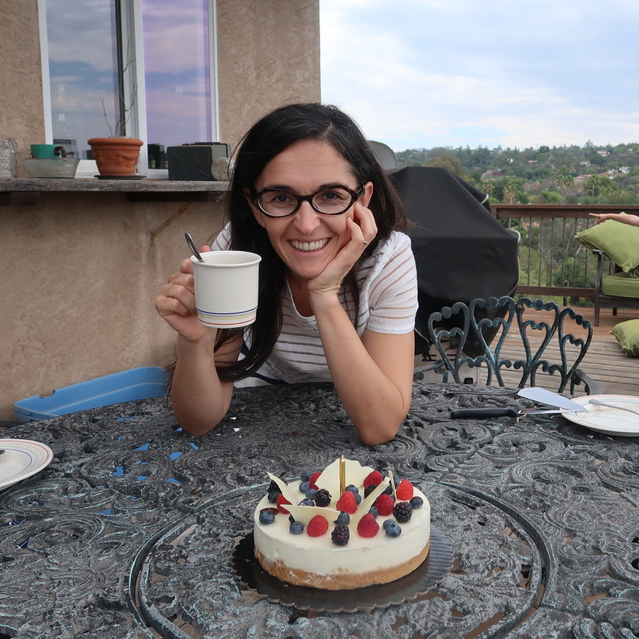
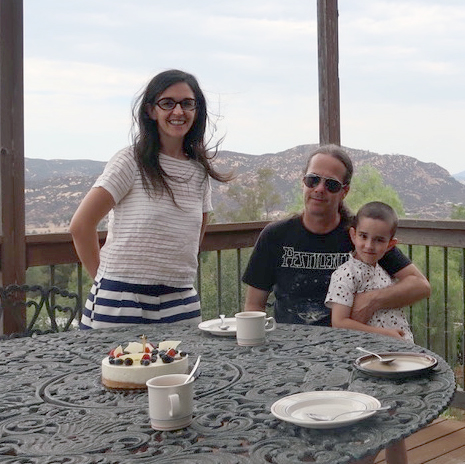
“Once I arrive at the lab, how I utilize the remainder of my morning varies a lot. Sometimes I write manuscripts, grants or just think, reply to urgent emails, observe brain tissue samples under the microscope, or analyze data. Other times I teach students, meet with my technician or administrative staff or colleagues, run behavioral experiments, or perform neurosurgeries. No single morning is the same at the lab. At times, the life of an academic scientist is turbulent, with additional challenges for female scientists such as myself. However, science is also exhilarating when you are the only one in the world to have made a discovery, at which moment no one else except you and the Author of it all know about it. This is one of the most beautiful experiences.”
Thank you, Hermina!



